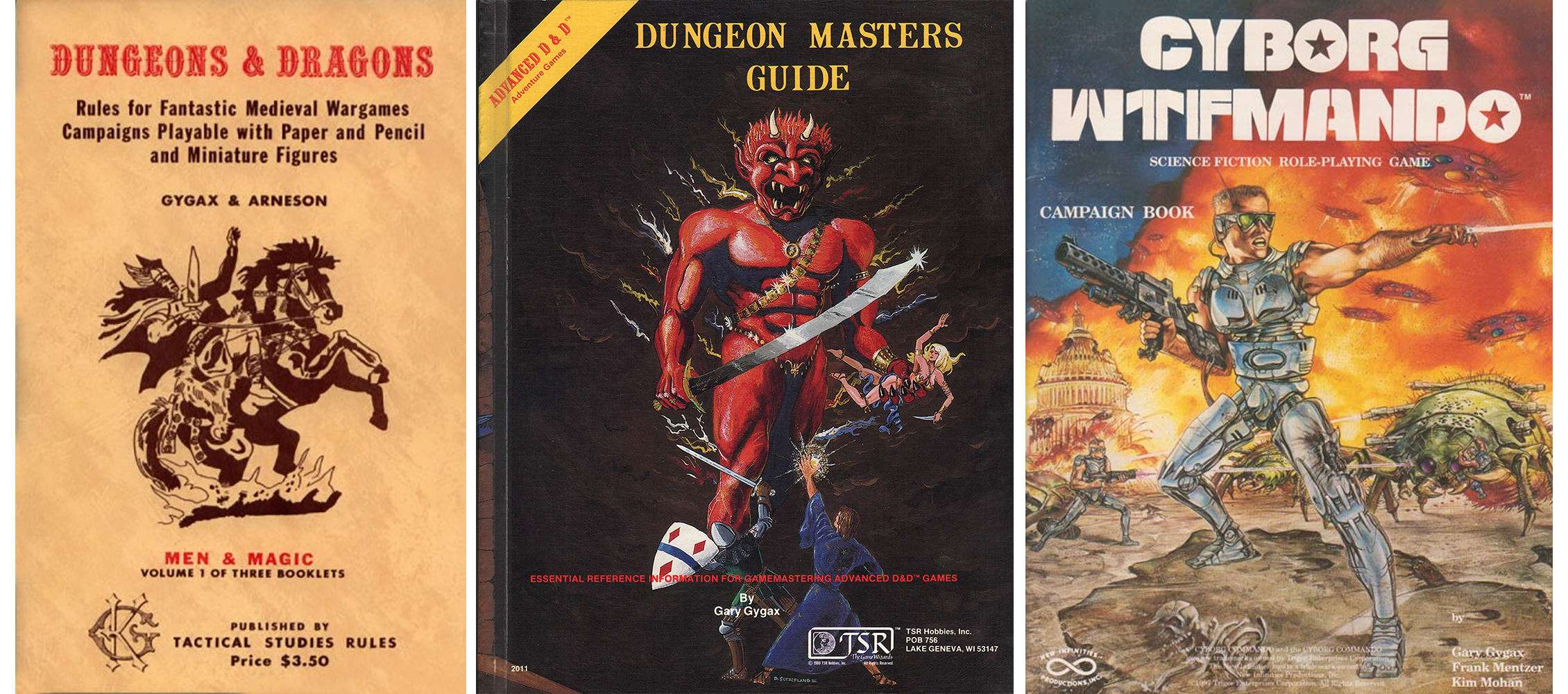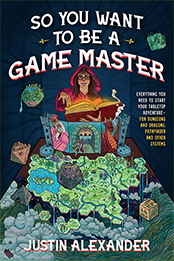
There’s a kerfluffle of sorts rumbling the blogosphere regarding the importance of character backgrounds. It got started at Lamentations of the Flame Princess, where James Edward Raggi IV wrote:
Role-playing is not the characterization and speaking in voices and inventing a background and developing a persona that’s a unique little snowflake. Your character’s personality and “what would my character do based on that personality?” are add-on extras completely irrelevant (yet can enhance and perhaps make the effort enjoyable in the first place, make no mistake about what I’m saying here) to the basic activity of role-playing.
Fighting Man Level 1
ST 12, IN 8, WI 10, CN 9, DX 10, CH 9
That’s your character and your role, right there.
This contention was responded to by Bat in the Attic and was, in turn, followed up by the Society of Torch, Pole, and Rope (which is where I first stumbled into the fray). This led me to a quick conclusion:
These guys all have better blog titles than I do.
(Not that I’m changing or anything, but “Lamentations of the Flame Princess” sounds like a fantasy metal band and “Society of Torch, Pole, and Rope” pretty much screams old school fun.)
Truth be told, however, I also drew a pertinent conclusion: To whit, I think the post on Lamentations of the Flame Princess was (intentionally or not) engaging in the worst type of One True Wayism. Specifically, the type that precludes a clear-headed consideration and open discussion of character backgrounds and how they can be used.
With that in mind, here are a few random thoughts off the top of my head. Each of these thoughts really just skims the surface of some pretty interesting stuff, and perhaps some day I’ll be able to return and muse upon them appropriately. But for now I’m interested to see what kind of discussion they prompt.
First, there’s the difference between crafting a character and discovering a character. Each poses unique benefits, challenges, advantages, and disadvantages. In some ways this can be considered analogous to the difference between, say, playing Hamlet and performing in improv theater.
(Of course, to some extent all characters are developed during play, right? No matter how much detail you develop before play begins, there’ll always be something new to discover once you start playing the character in new situations — if for no other reason than that we all grow and change.)
Second, let’s consider the distinction between a character you create entirely by yourself; a completely pregenerated character; and a character created through collaboration (with either your GM and/or the other players in your group).
(Frankly, this is an area of really interesting gradations. There are different types of collaboration, for example: Some are driven mechanically, others socially. Different issue: Even if you’re given a completely pregenerated character, doesn’t it become a collaboration as soon as you interpret it and begin playing it? And how does that tie back into our first topic of discussion?)
Third, the impact that the expected longevity of the character has on these issues. For my Ptolus campaign my players and I collaborated on character histories that were intimately connected to the setting in various ways. These ranged anywhere from 1-3 pages, depending on the player and the character. In my OD&D campaign using the Caverns of Thracia, OTOH, we expected character mortality to be high (it was) and the entire group only got about 3 sentences of background before the fur started to fly.
(On the other hand, as much as OD&D’s short-lived characters encourage you to skimp on your character’s backgrounds, a 1st level Fighting-Man in OD&D is known as a Veteran. That title pretty much insists that even a beginning character has an interesting and meaningful background. A veteran of what? is the inevitable, unavoidable, and evocative question.)
Fourth, there’s the issue of how character backgrounds can be developed and used (by both the player and the GM). The short version is: There are lots and lots of ways to use them. And there are also lots and lots of ways to abuse them.
(Which is why you’ll get plenty of horror stories talking about both (a) the guy who showed up with nothing but a stat block (and played nothing but a stat block) and (b) the guy with a 15 page character background of Mary Sue-ist excess.
Of course, on the flip-side, you’ll also hear great stories about (a) the guy who took nothing but a stat block and turned it into the Most Memorable Character Ever(TM) and (b) the guy who developed a 15 page character background giving the GM all kinds of useful hooks and providing dramatic fodder for some of the most moving roleplaying you’ve ever seen.)
Fifth, we could discuss various mechanical ways of developing character background. For example, there’s Traveller‘s terms of service which uses a gambling mechanic to simultaneously generate a character’s mechanical statistics and provide a framework for fleshing out their background. Or GURPS which bribes you with extra points for making your characters more interesting (by way of disadvantages). Or what about those systems which replace a skill system with a background system (so that what a character can do depends on concrete experience and not just abstract measurements of aptitude)?
(And is mechanizing the development of a background good or bad? I would argue that the more appropriate question is: Good for what? These types of mechanics can provide raw fodder to inspire improvisations that you might not have otherwise considered. In other cases, such mechanics provide a common framework for the group to creatively collaborate. Sometimes that’s what you need. Sometimes it isn’t.)
I think the biggest point I want to make here is that this isn’t really an issue of right-and-wrong. And, in my opinion, trying to frame it in those terms is to waste a lot of time needlessly tilting at windmills.













